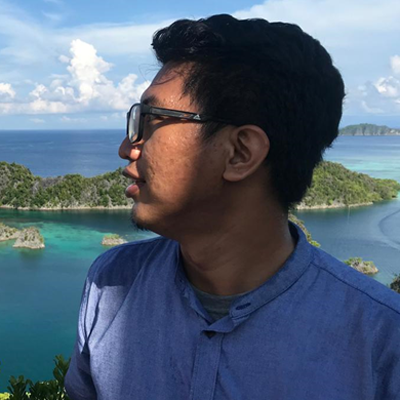We want you to share Forests News content, which is licensed under Creative Commons Attribution-NonCommercial-ShareAlike 4.0 International (CC BY-NC-SA 4.0). This means you are free to redistribute our material for non-commercial purposes. All we ask is that you give Forests News appropriate credit and link to the original Forests News content, indicate if changes were made, and distribute your contributions under the same Creative Commons license. You must notify Forests News if you repost, reprint or reuse our materials by contacting forestsnews@cifor-icraf.org.
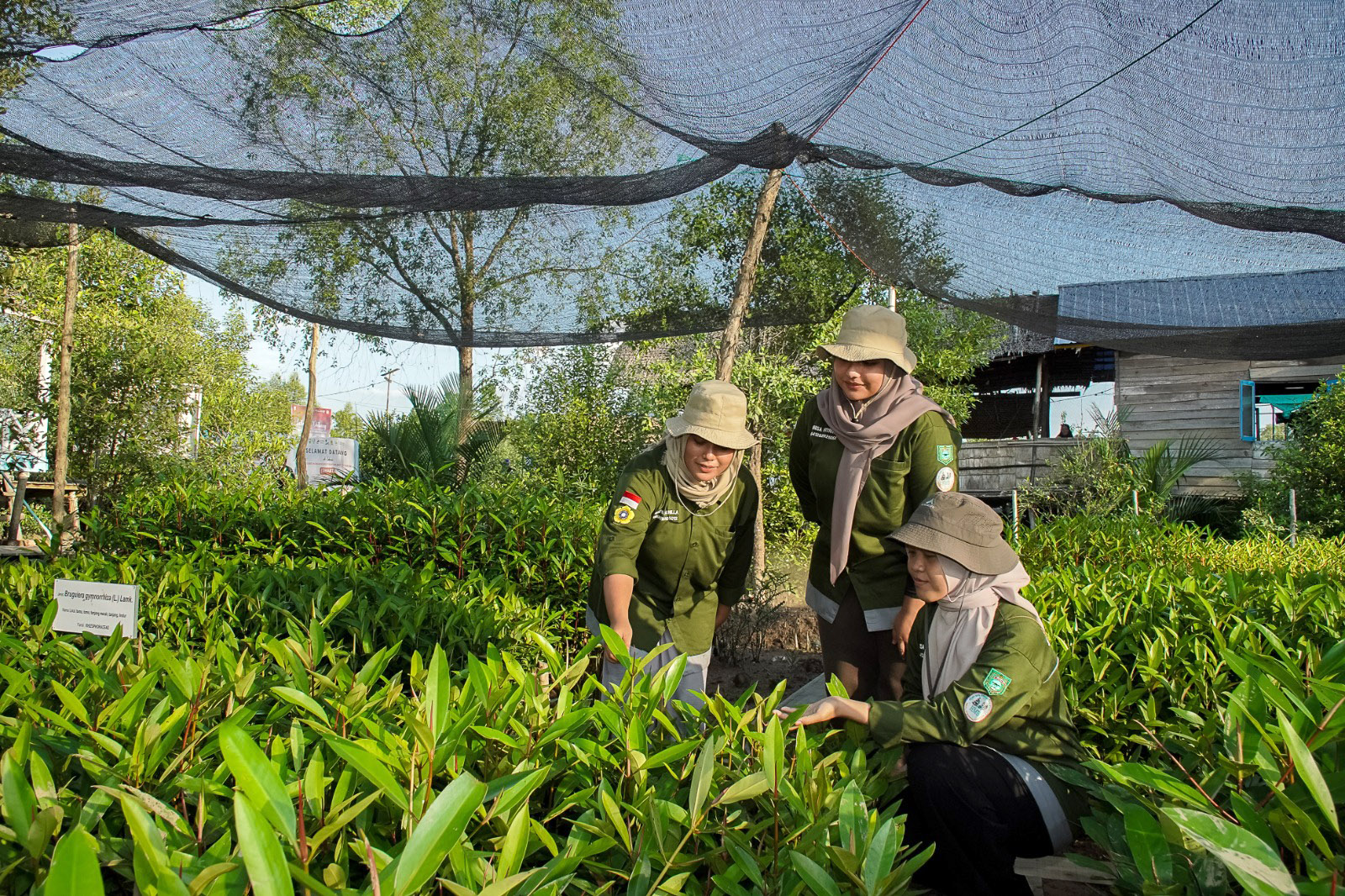
In 2022, Abdullah—chief of the Community Village Forest Management Institution (LDPHD) for Sungsang IV village in South Sumatra, Indonesia—was approached by a businessman from a neighbouring village with a controversial offer.
The man promised him large amounts of money—and even a car!—in return for tracts of mangrove forest land in the village, which he planned to sell to several prospective land buyers.
But Abdullah refused: his group has been mandated to protect and monitor the village’s 553-hectare forest area for a period of 35 years. When he later learned the businessman was serving a jail sentence for fraud, he felt even more vindicated in his decision.
The LDPHD was the main collaborator for the Sungsang Mangrove Restoration and Ecotourism (SMART) project, a Participatory Action Research (PAR)-based venture implemented by the Center for International Forestry Research and World Agroforestry (CIFOR-ICRAF) in partnership with the Temasek Foundation, alongside Sriwijaya University and the South Sumatra Watershed Forum, from 2021-2025.
In 2023, the LDPHD signed a collaboration agreement with a private company for social forestry development in the protection forest estate area. This year, they have also begun collaborating with another private company on a ‘tree adoption’ programme, which seeks to engage more diverse stakeholders in restoration initiatives—and to help ensure the sustainability of the mangrove nursery, planting, maintenance and monitoring efforts beyond the close of the SMART project.
“We wanted people to understand that the most important thing is to take care of mangroves, not just plant them,” said Beni Okarda, a senior research officer at CIFOR-ICRAF. “Mangrove trees can only grow independently after three years of age; in the meantime, they need monitoring and maintenance.”
As of June 2024, the SMART project has replanted 48,353 local mangrove seedlings across 15.8 hectares in four action arenas, which are degraded areas in the Sungsang IV and Marga Sungsang villages. The project centres on exploring how mangrove restoration efforts in Sungsang might improve economic and social conditions for local communities. “That’s why we created various business models that are expected to generate income for the community,” said Agus Andrianto, another research officer at CIFOR-ICRAF.
To that end, in Marga Sungsang, the project is facilitating community-based crab silvofishery, employing a traditional aquaculture system that combines crab cultivation with mangrove planting in two ponds covering 0.319 hectares. Their first harvest produced around 240 kilograms of crabs. Meanwhile, in Sungsang IV, the project supported a local community group to start a mangrove nursery enterprise. which is now selling seedlings to companies and institutions involved in restoration.
“Thank God the community has realized that without clearing the mangrove forest area they can benefit from the landscape,” said Sungsang IV village headman Romi Adi Candra. Another positive impact is an increase in tourism, with 1,300 visitors to the village’s mangrove eco-tourism area, whose visits also bolster local incomes from food sales, homestays and transportation.
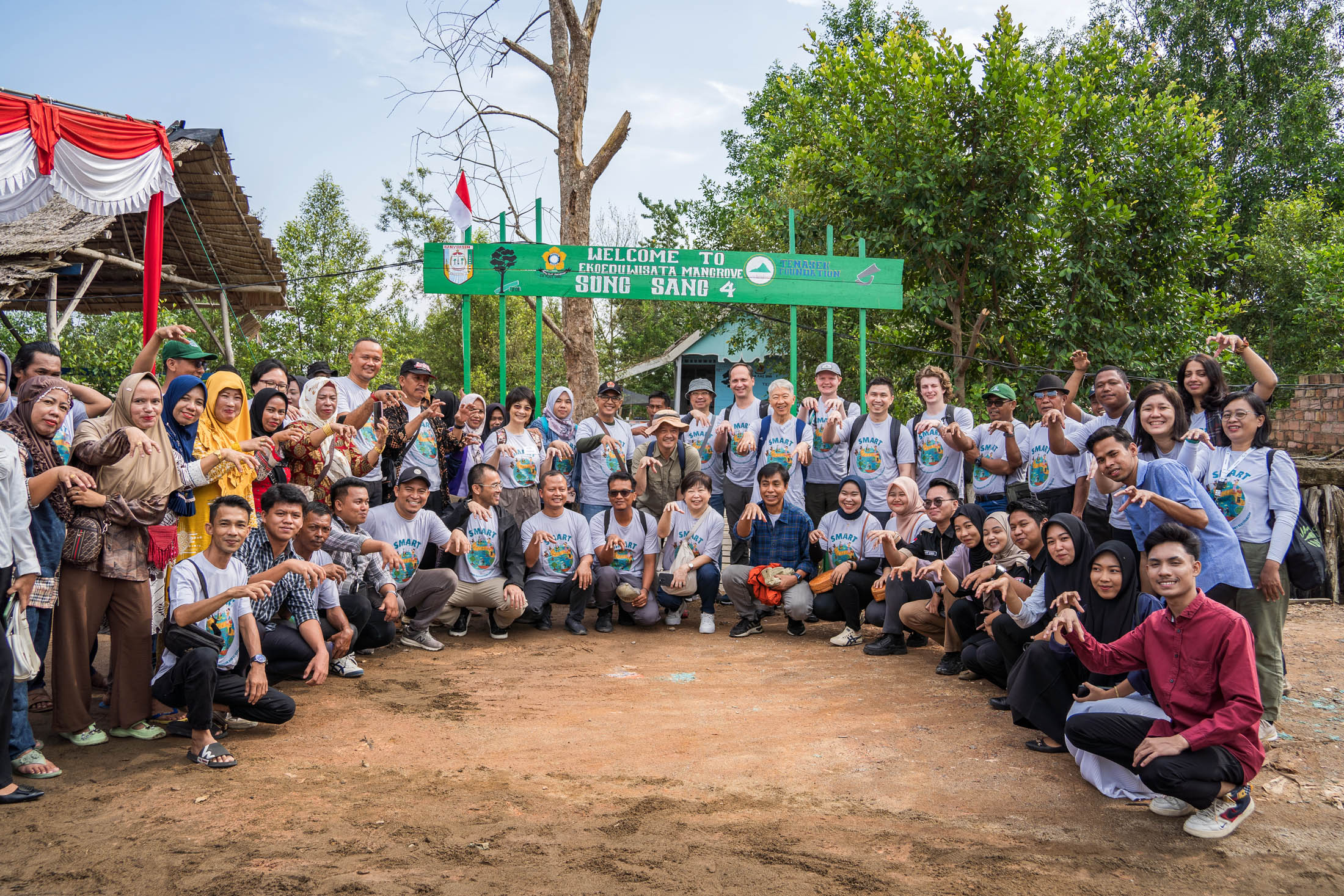
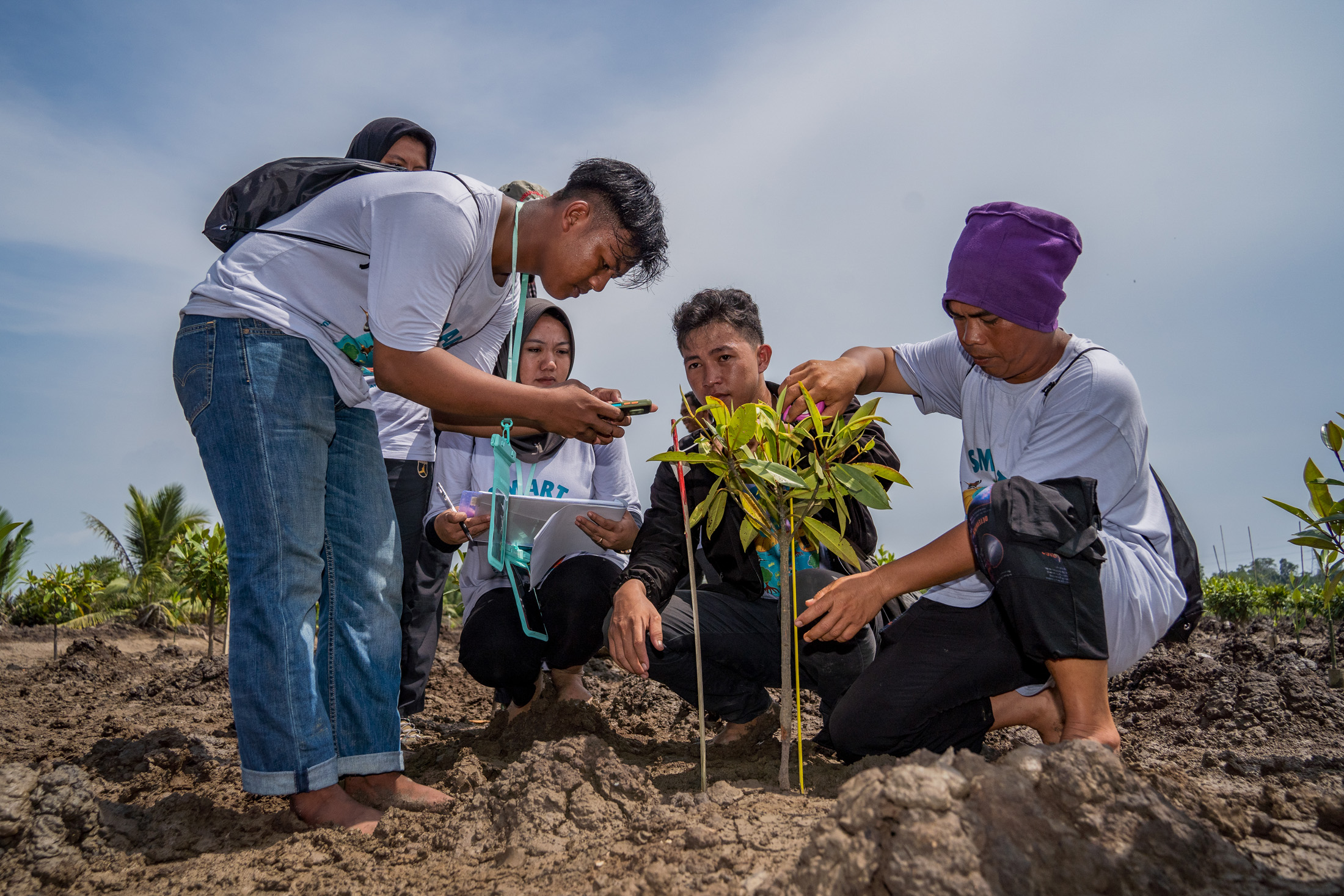

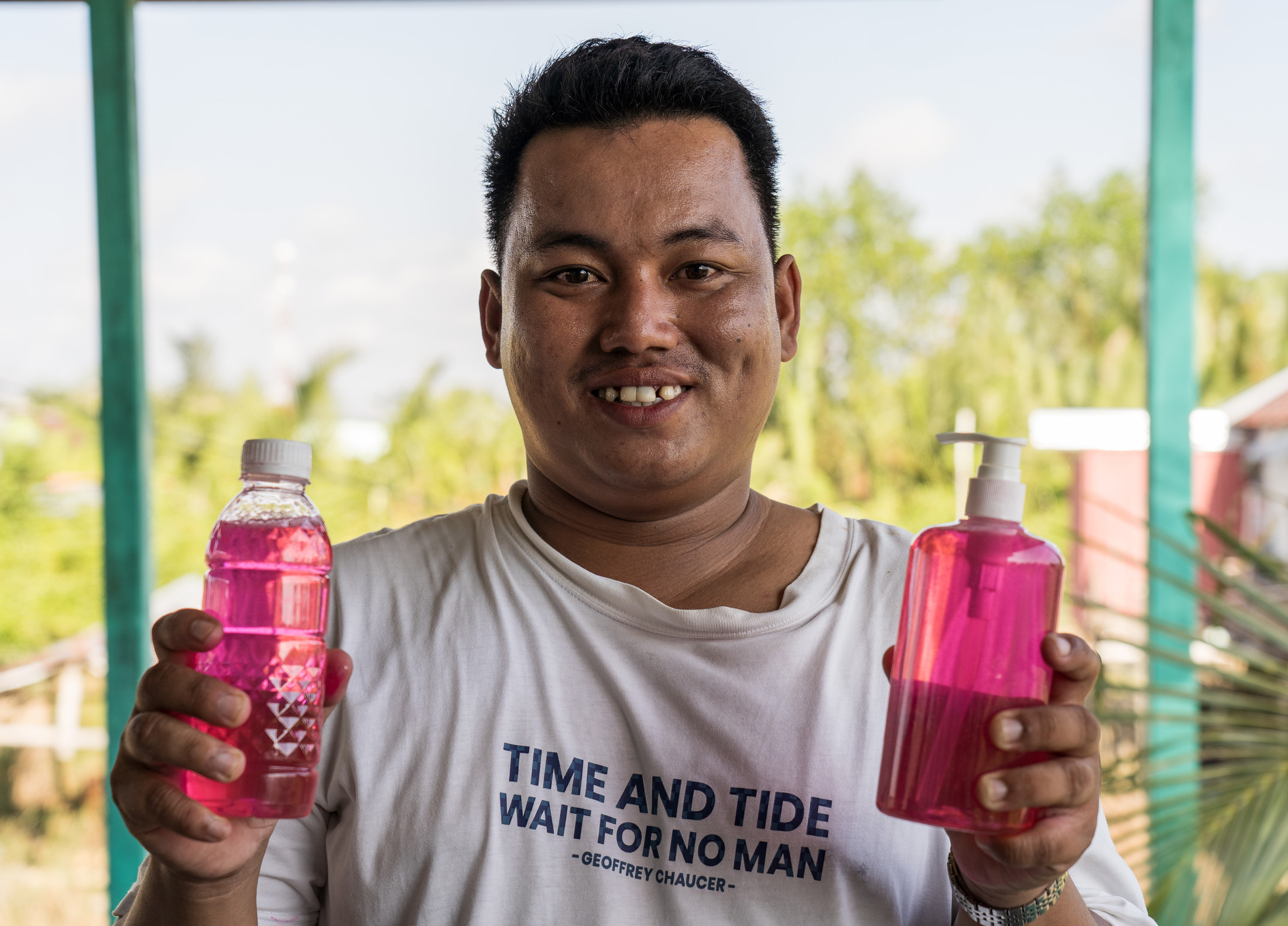
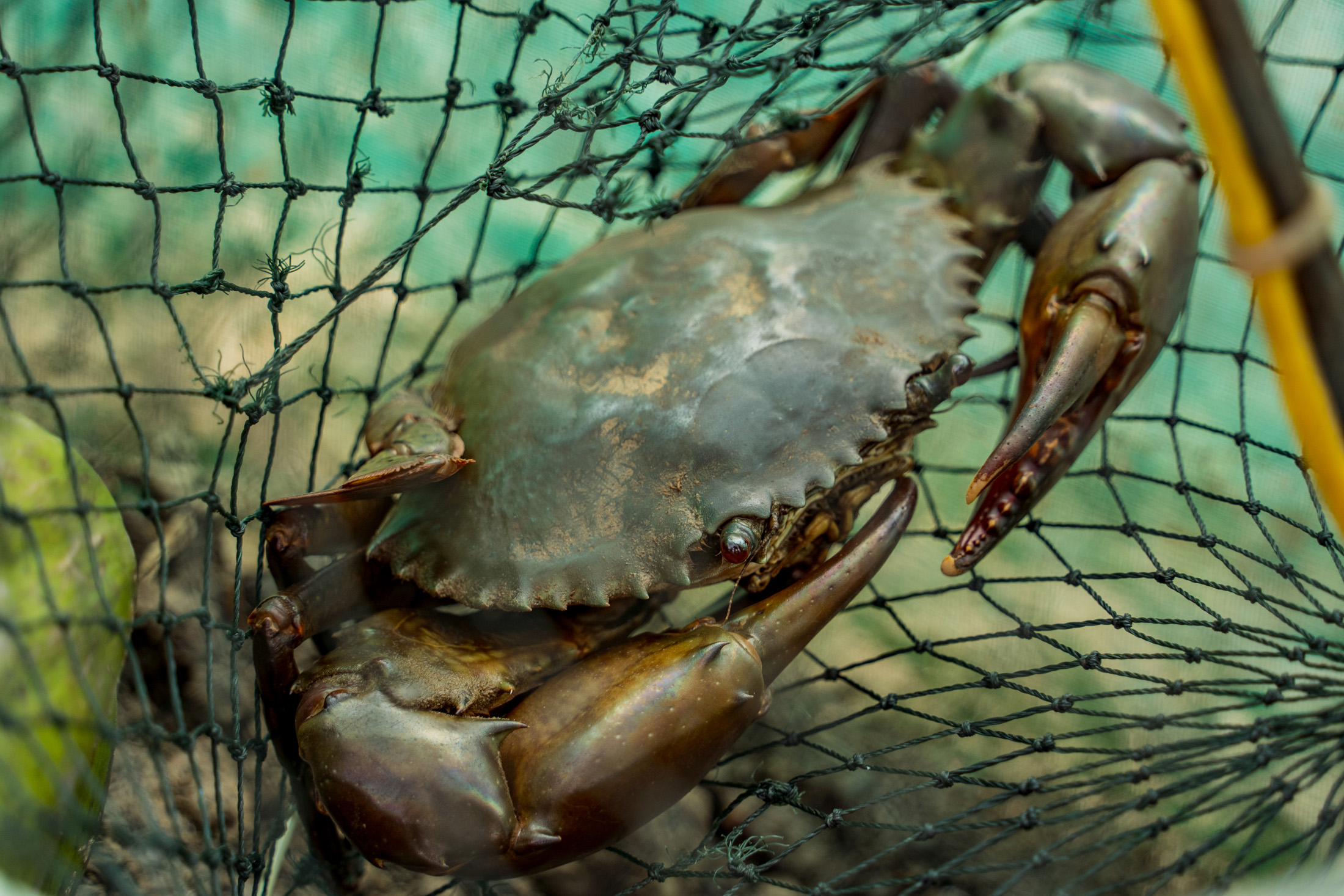
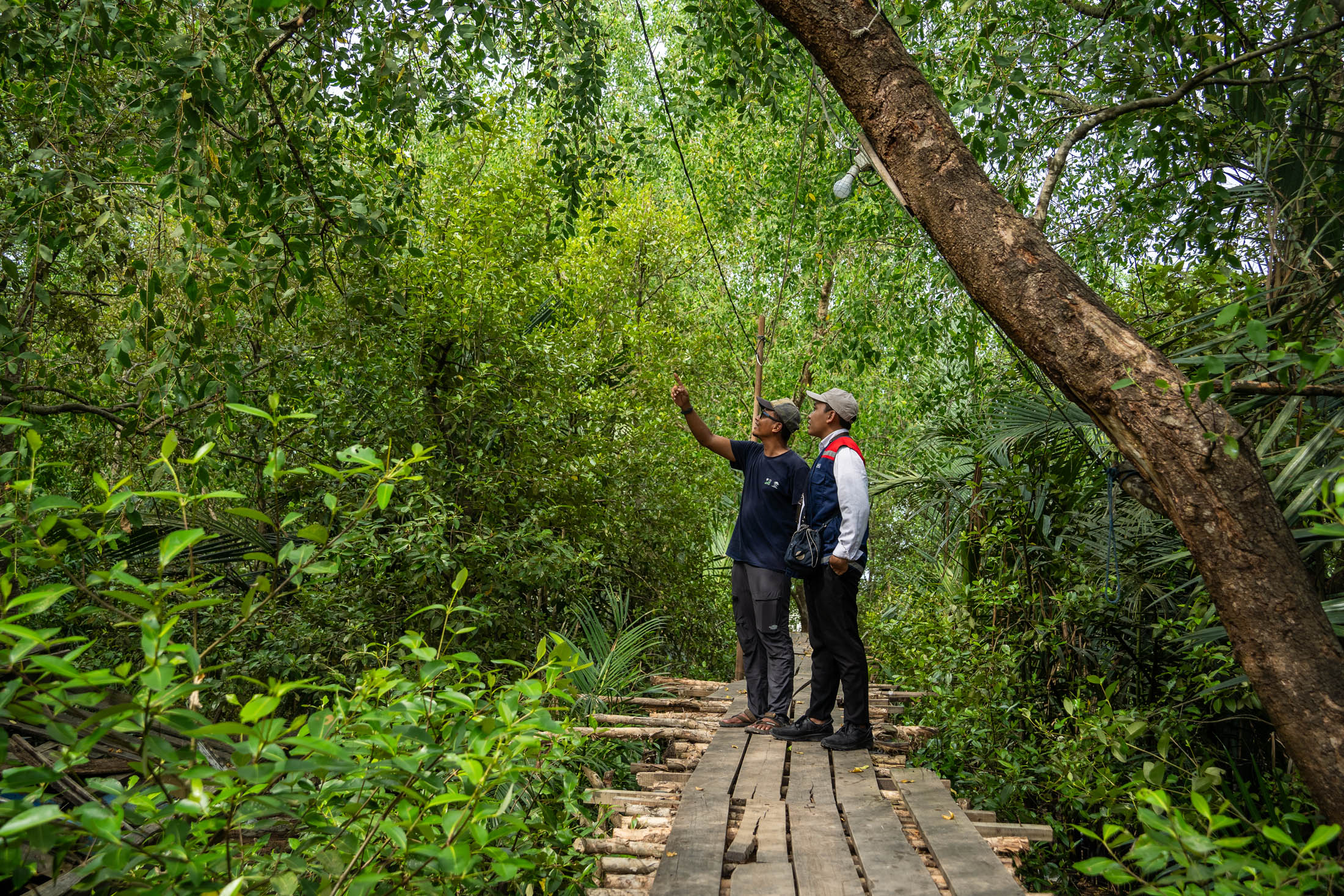
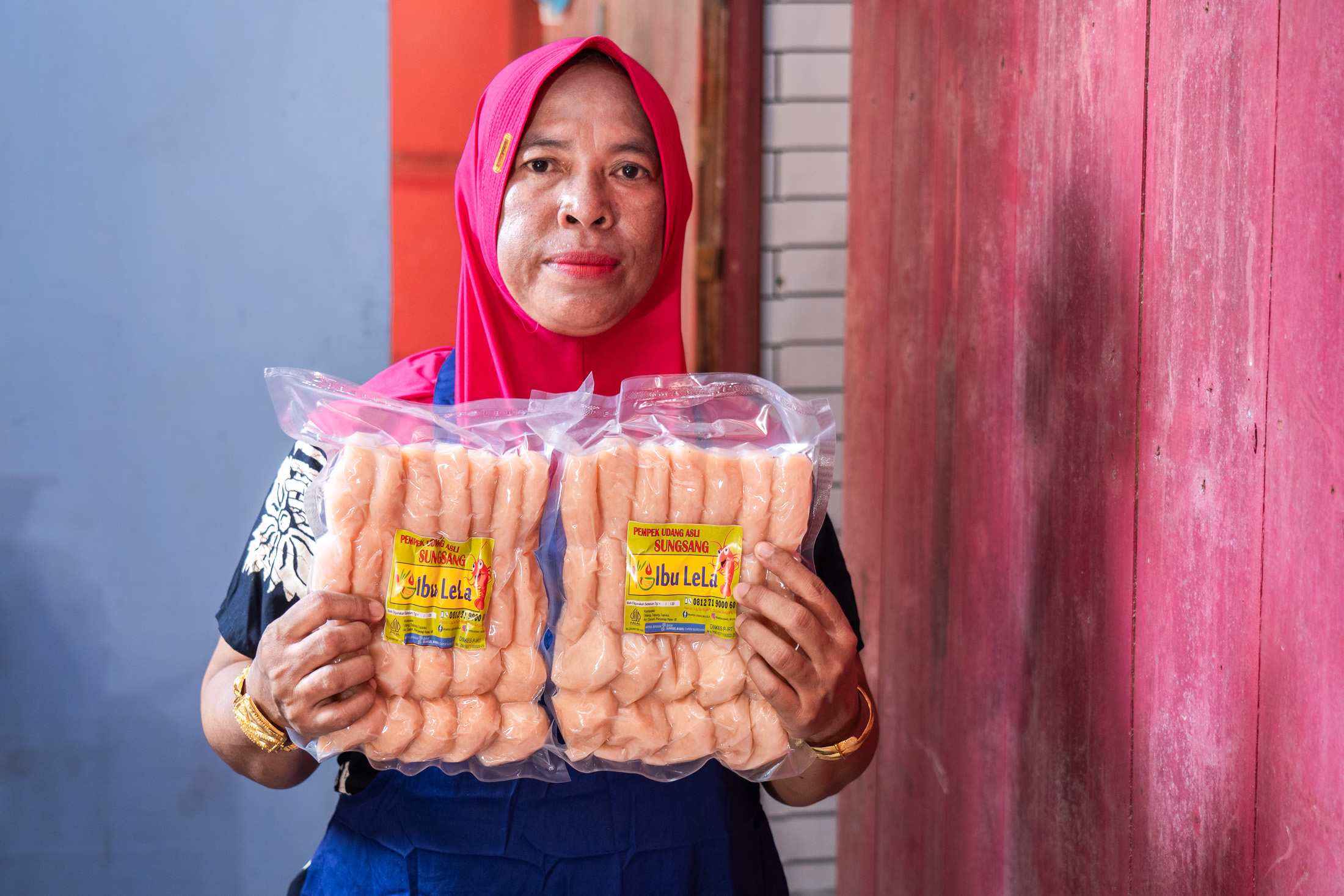

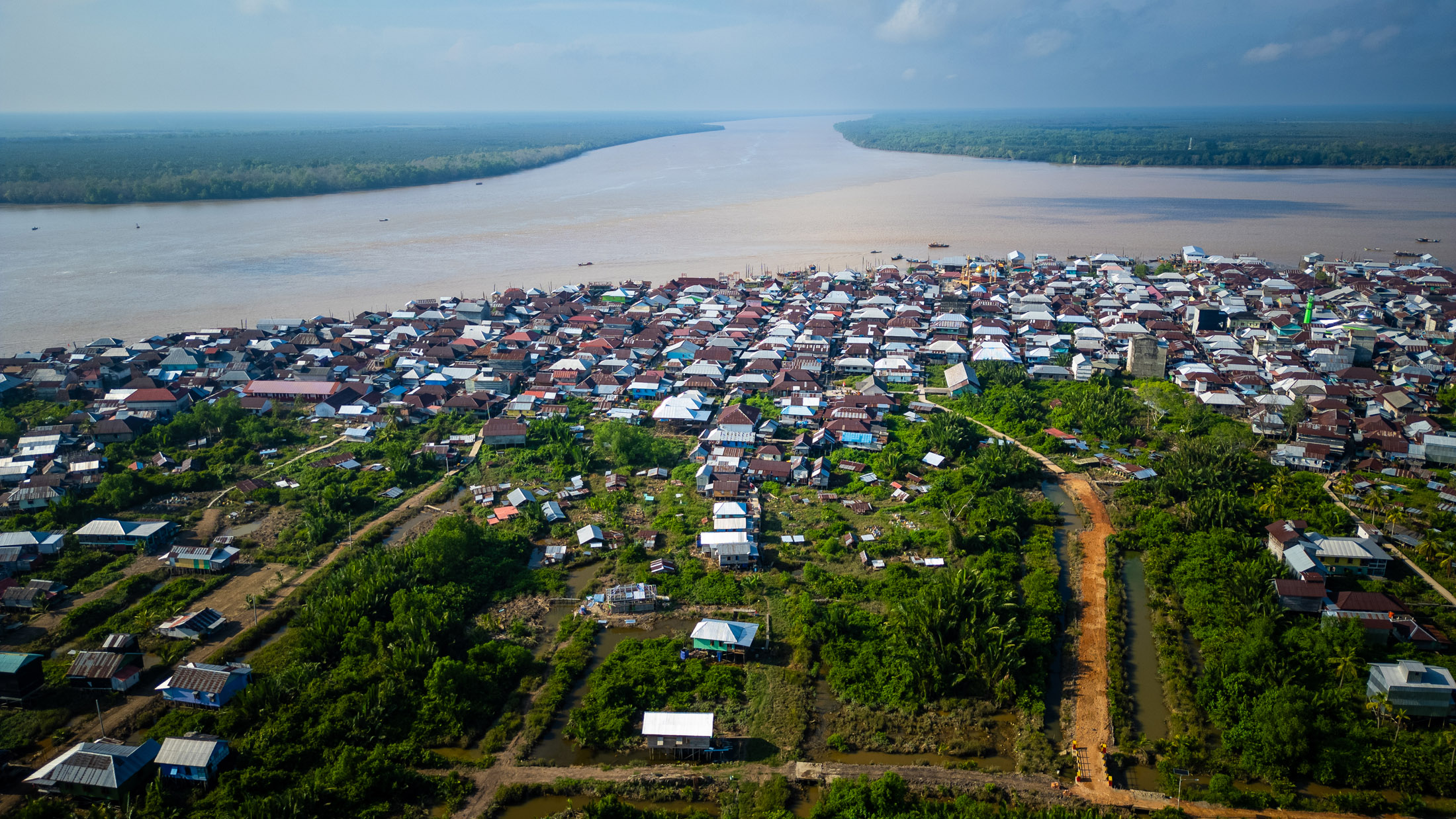
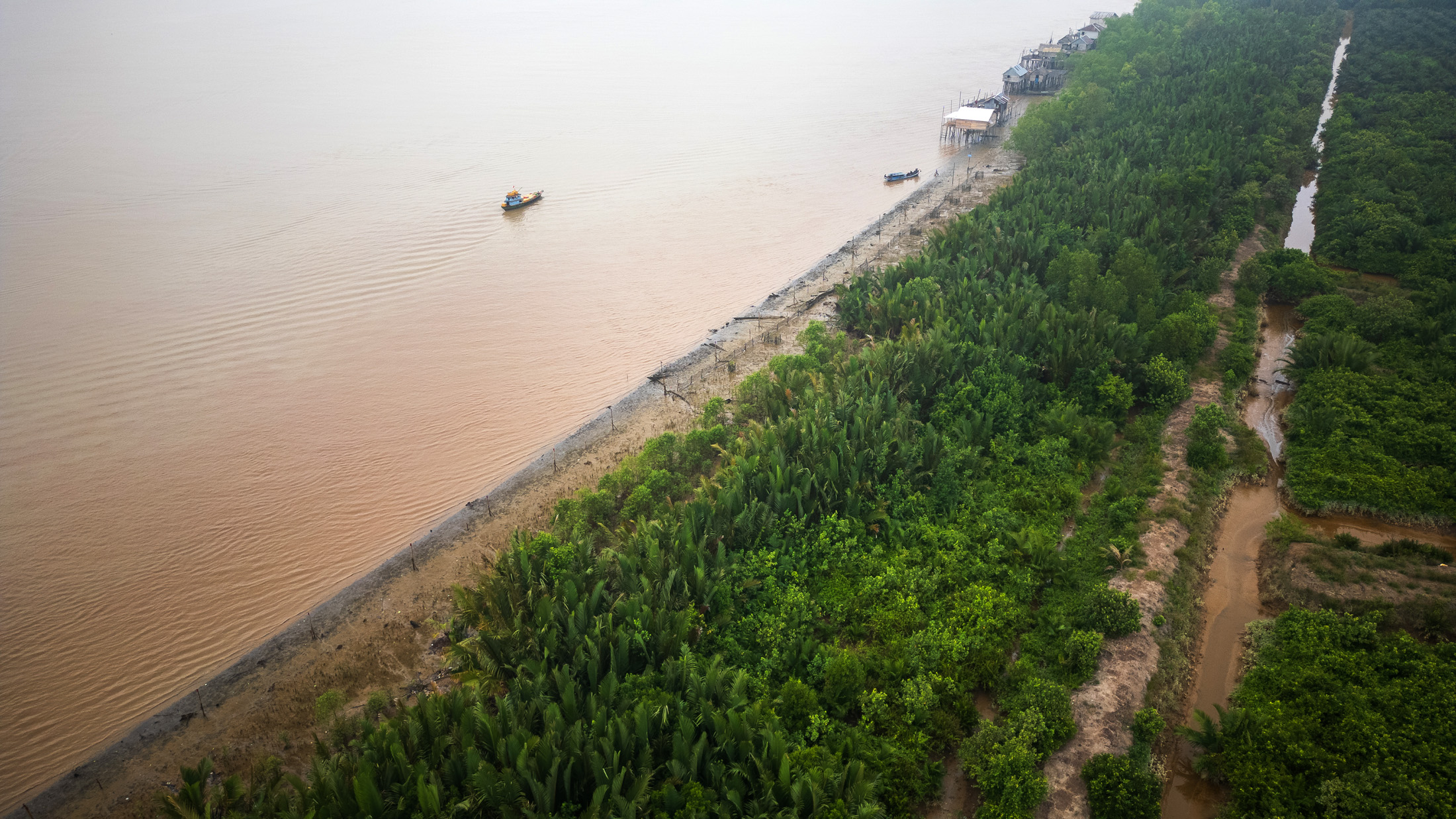
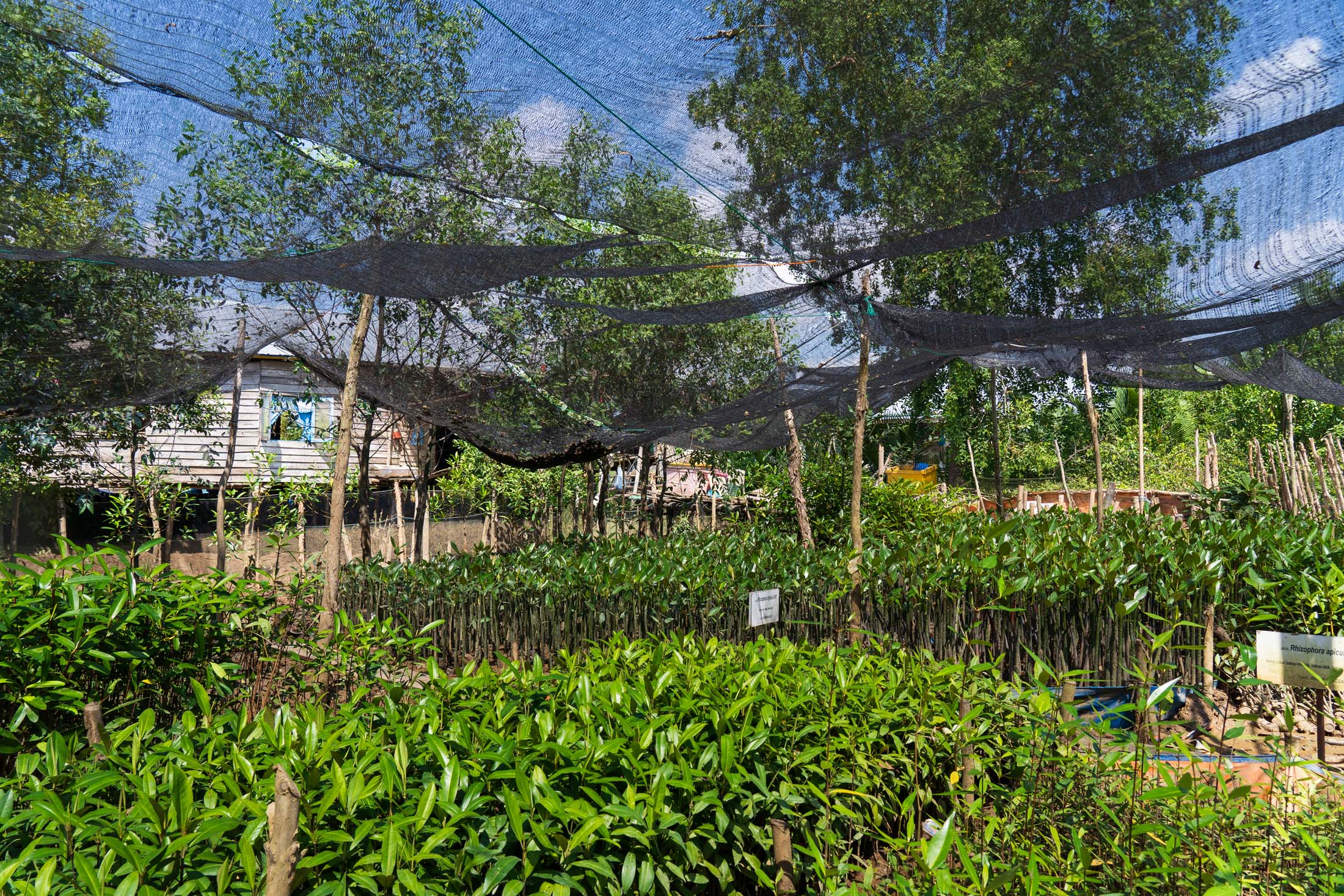

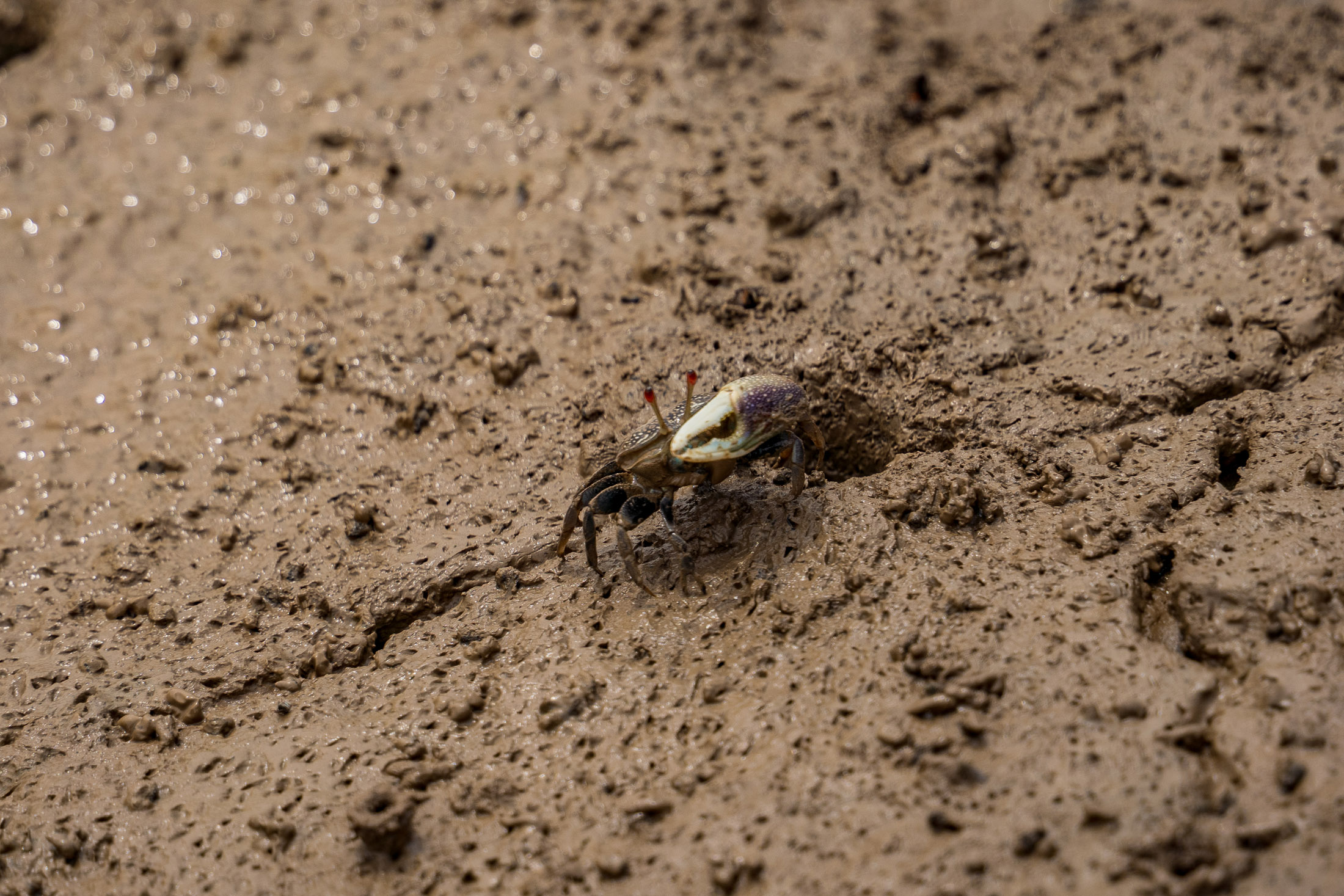
For Abdullah, the mangrove restoration project is very important because he sees that the Sungsang land area has become increasingly eroded, and that cutting down mangrove trees had made his village more susceptible to tidal flooding. “My grandfather’s house, which never used to flood in the past, is now frequently flooded,” he said. “I am thinking about my family’s safety.”
Such long-term benefits from mangrove restoration and protection are a cornerstone of the project, said Sonya Dyah Kusumadewi, another research officer at CIFOR-ICRAF. “Coastal protection, mitigation of climate change, and disaster risk reductions, are all critical for our coastal communities,” she said.
Acknowledgements
All SMART project activities are in partnership with Temasek Foundation, a Singapore-based non-profit organisation.
We want you to share Forests News content, which is licensed under Creative Commons Attribution-NonCommercial-ShareAlike 4.0 International (CC BY-NC-SA 4.0). This means you are free to redistribute our material for non-commercial purposes. All we ask is that you give Forests News appropriate credit and link to the original Forests News content, indicate if changes were made, and distribute your contributions under the same Creative Commons license. You must notify Forests News if you repost, reprint or reuse our materials by contacting forestsnews@cifor-icraf.org.
